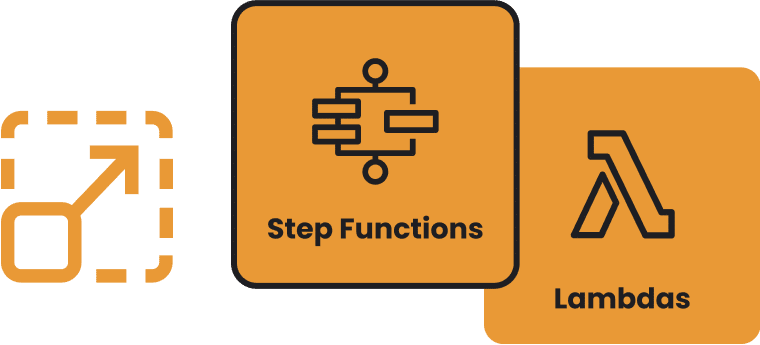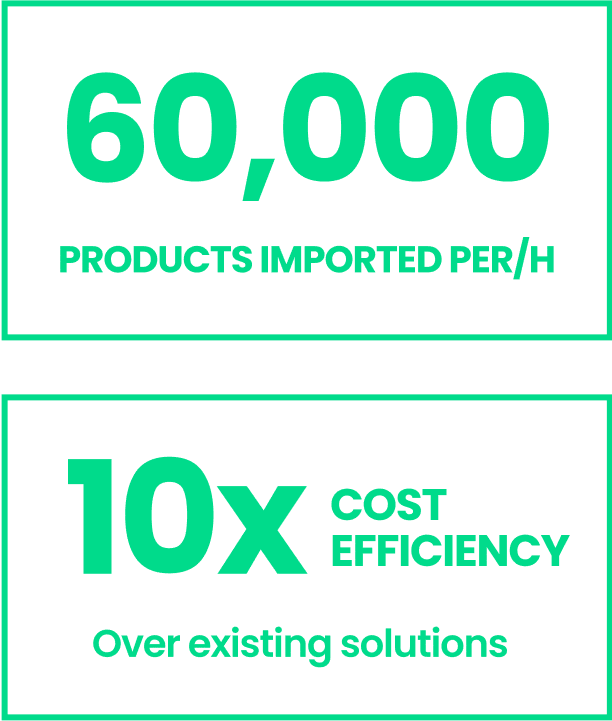Valtira has been a Shopify Plus Partner since 2020, and we have migrated several websites from outdated platforms to the robust Shopify system.
A client recently asked us to move their site from Magento to Shopify, and after some investigation, we found that existing Shopify plugins could not complete the entire task. The Valtira Shopify Development team created a new custom process that helped expedite the migration from Magento to Shopify in a cohesive manner.

Challenge
Magento can be resource-intensive, particularly for large sites or sites with complex functionality.

Based on these considerations, our client determined that they needed to make a change. They spent some time exploring options and settled on a move to Shopify. It’s a great fit for their use case because Shopify caters to businesses with large catalogs that want scalability and customization. Shopify also provides a user-friendly interface, strong SEO capabilities, and robust integrations – all important considerations for our client’s eCommerce platform needs.
Solution and Technology


Scalability
Step Functions and Lambdas can be scalable. With parallelism, we maximized all that Magento and Shopify APIs can offer without exceeding their API limits or slowing them down during migration. We also set a threshold for the amount of data and parallelism we intended to use during ingestion.

Availability
Due to the limit of runs that was stipulated at the beginning of the process, we were able to control how many imports per minute the API could handle running. Shopify provides GraphQL APIs that can process a more significant amount than REST APIs. It is possible to send up to 1000 requests per minute using GraphQL. On the other hand, Magento is on the premises (local), not as a service (SAAS), and depends on the client’s infrastructure, so we had to be mindful of their internal limitations as well.

Security
It’s necessary to provide credentials from Magento and Shopify APIs so the step function workflow can reach them. Using AWS Secrets Manager, it is possible to encrypt the credentials and recover them within the process when needed.

Integration speed
Use case
Based on these principles and technologies already mentioned above, our custom migration process can import more than 60,000 products in just 1 hour. Existing solutions require an average of 12 hours to migrate the same amount of products and at a cost 10x higher than the resources used. Our solution can be used for any eCommerce store looking to migrate from Magento to Shopify.

Conclusion
Our process using the mentioned technologies proved to be more efficient, faster, and safer, targeting solutions already on the market. Do you have an eCommerce site that needs to be migrated from Magento to Shopify?
The Magento to Shopify migration process was created by Valtira’s Shopify developers Andre Picoli and Jose Urzeda.
